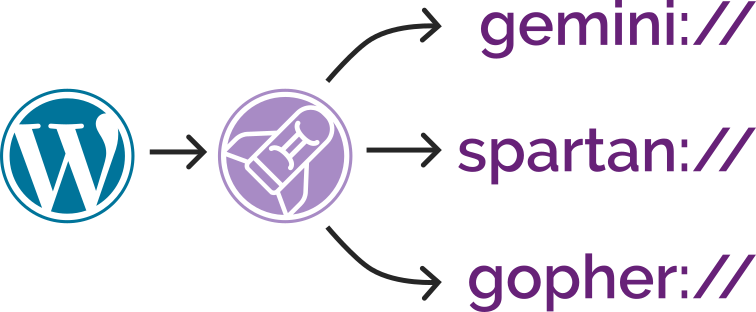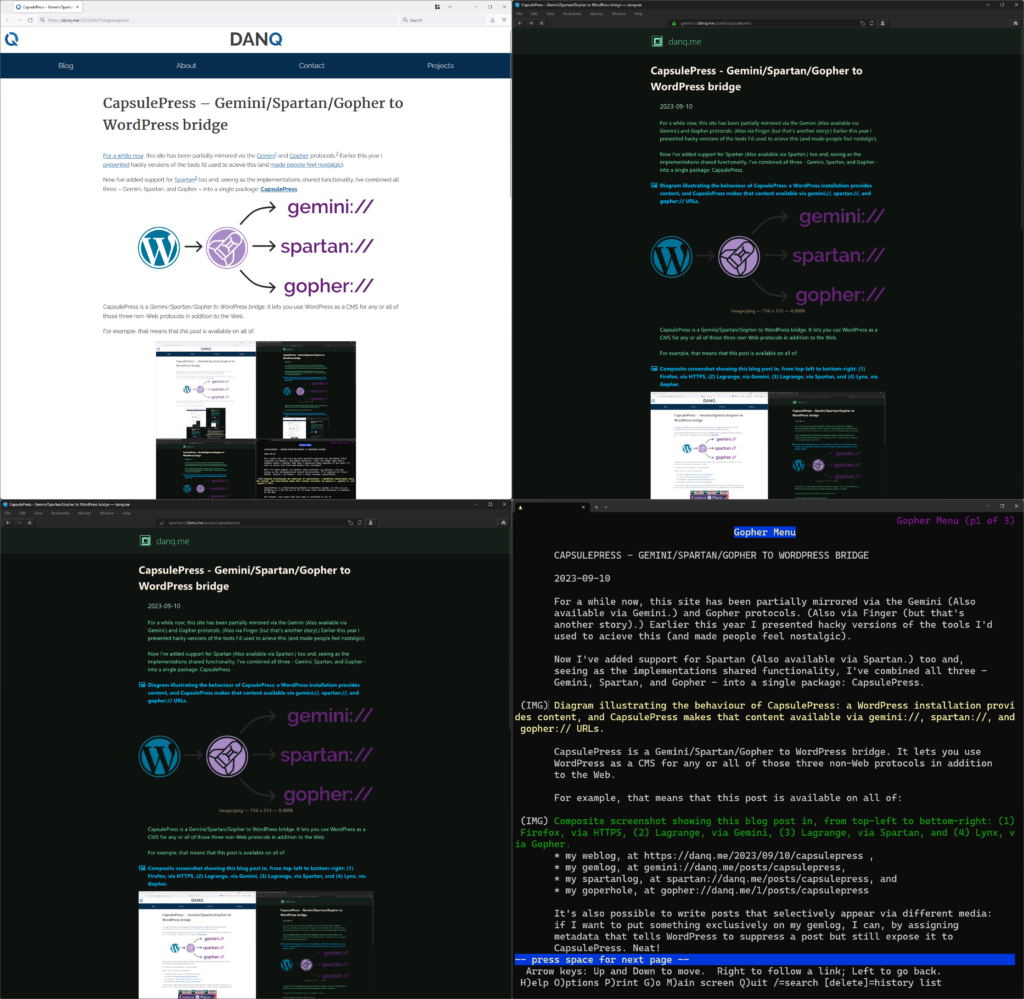In August, I celebrated my blog – with its homepage weighing-in at a total of just 481kb – being admitted to Kev Quirk‘s 512kb club. 512kb club celebrates websites (often personal sites) whose homepage are neither “ultra minimal” or “link pages” but have a total size, including all assets, of under half a megabyte. It’s about making a commitment to a leaner, more-efficient Web.
My relatively-heavyweight homepage only just slipped in under the line. But, feeling inspired perhaps by some performance enhancements I’ve been planning this week at work, I decided to try to shave a little more off:
Here’s what I changed:
- The “recent article” tiles are dynamically sized based on their number, type, and the visitor’s screen resolution. But apart from the top one they’re almost never very large. Using thumbnail images for the non-first tile shaved off almost 160kb.

- Not space-saving, but while I was in there I ensured that the first tile’s image – which almost-certainly comprises part of the Largest
Contentful Paint – is never delivered with
loading="lazy". - I was providing a shortcut icon in
.icoformat (<link rel="shortcut icon" href="/_q23t/icons/favicon-16-32-48-64-128.ico" />), which is pretty redundant nowadays because all modern browsers (and even IE11) support.pngicons. I was already providing.pngand.svgversions, but it turns out that some browsers favour the one with the (harmful?)rel="shortcut icon"overrel="icon"if both are present, and.icofiles are – being based on Windows Bitmaps – horrendously inefficient.
By getting under the 250kb threshold, I’ve jumped up a league from Blue Team to Orange Team, so that’s nice too. I can’t see a meaningful path from where I’m at to Green Team (under 100kb) though, so this level might have to suffice.
Last-minute additions:
- Here’s the PR updating my site’s record in the club
- If you like the animation, here’s the JavaScript code I used to generate it (plus a quick crossfade made in Kdenlive)


